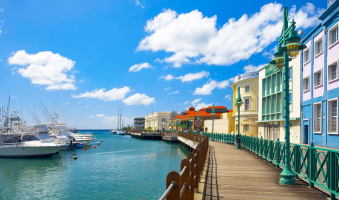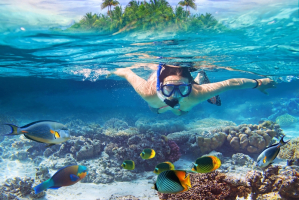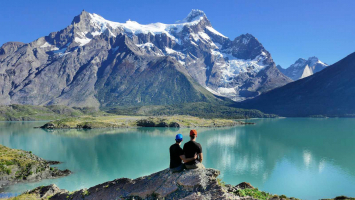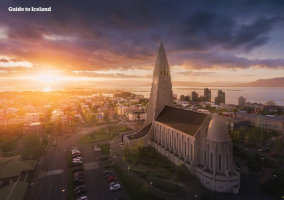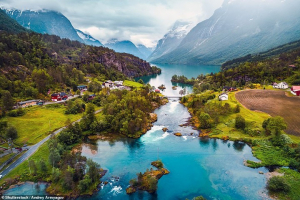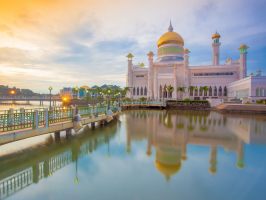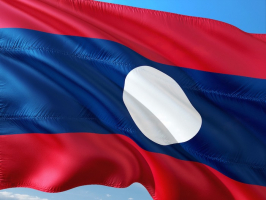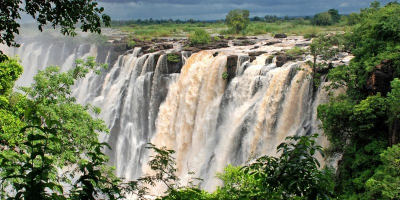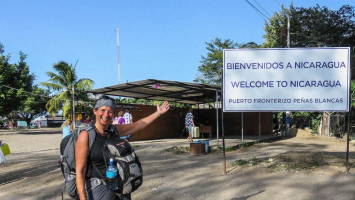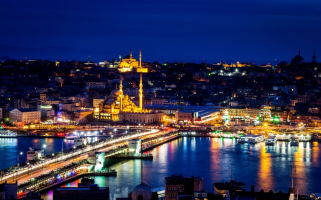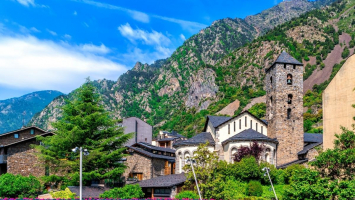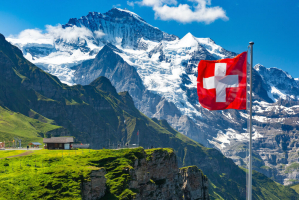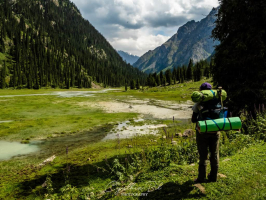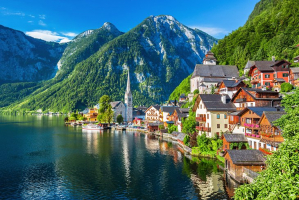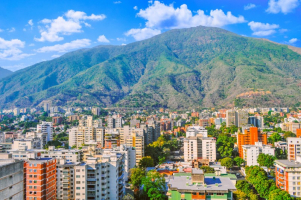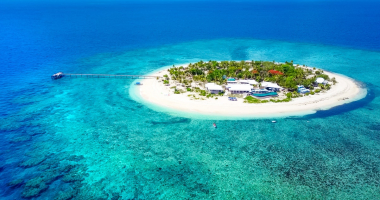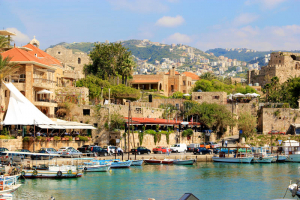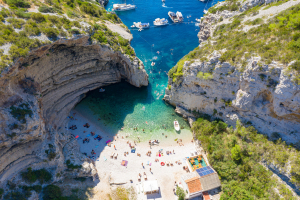Top 12 Things about Finland You Should Know
Finland is the kind of place a child with an especially vivid imagination might imagine, complete with flying reindeer, the genuine Santa Claus, and an ... read more...abundance of snow. It's a land of extremes: darkness and brightness, terrible cold and incomprehensible wildness. And it's likely to be right up there with your Nordic dream locations, whether you've come to rush through freezing forests by husky-drawn sleigh as the Northern Lights flash overhead in Lapland, or burrow down in a remote summer home on the shores of a peaceful lake in the eternal light of summer. You'll fit in in if you enjoy saunas, silence, and nature. Here are the top Things about Finland You Should Know for the first time travelers.
-
If you're traveling to Finland for a non-urban adventure, consider flying to a regional airport like Rovaniemi (gateway to Lapland and Santa HQ) or Tampere (gateway to the lakes). This is definitely one of the top Things about Finland You Should Know. Once in Finland, public transportation is reasonably priced and efficient, with trains and buses connecting major cities and towns. However, if you plan on venturing into the wilderness, you should plan on renting a car due to the large distances involved. Pack snacks and drinks for the travel, as there are few services between hubs.
Lapland has been referred to as Europe's last wildness. Wild forests of pine, spruce, and birch extend beyond the line of sight here, on the Arctic's edge. Despite its isolated location, getting here and getting around is simple and convenient, and Lapland's large support service network helps to make productions, both behind and in front of the camera, run as smoothly as possible. However, the roads leading north to Lapland are frequently deserted, but in winter, keep an eye out for reindeer (the Porokello app warns of high-risk reindeer-crash regions) and ice.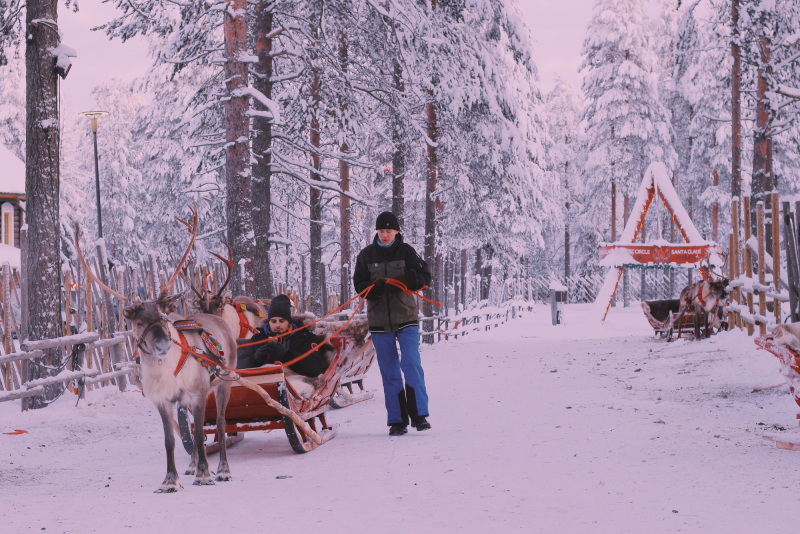
nld.com.vn 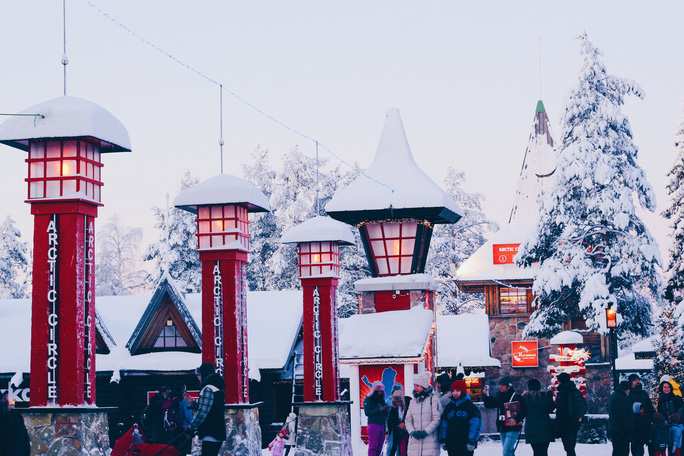
nld.com.vn -
Finland is too huge to fit everything into one trip, so plan carefully and resist the urge to squeeze everything into one trip. Do you say it's summer? After long, dark, snowbound winters, the Finns welcome the warmer days of summer with a biological eagerness. June to August is an excellent time for hiking and camping in wilderness places such as Urho Kekkonen National Park in Northern Lapland, above the Arctic Circle. It's also a fantastic time to rent a kayak and paddle the Lakeland (there are 188,000 of them), waving to seals as you drift from one beautiful little speck of an island to the next island on the Baltic.
Summer is when Finns retreat from the world and reconnect with nature in remote cottages, some of which are completely off the grid. Days are spent in delightfully primitive ways: searching for fruit, swimming in icy lakes, resting in saunas, and sleeping under a blanket of stars. Juhannus, or midsummer, occurs in late June when families gather for picnics and dance around bonfires.
September in Lapland is peaceful and beautiful, with woods changing gold and crimson and reindeer beginning to rut. When the snow comes in October, the land falls silent, and many attractions and hotels close. In the Arctic north, however, winter offers festive brightness and visits from Santa. With dogsledding, snowmobiling, skiing, and overnight stays in ice hotels, you'll feel like you're in Narnia as the days become shorter. If you're lucky in Lapland, you might see the Northern Lights (statistically October, November, and March are best).
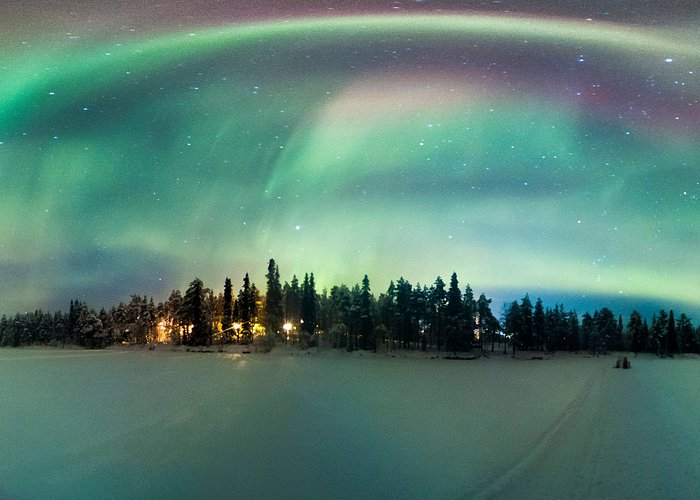
tripadvisor.com 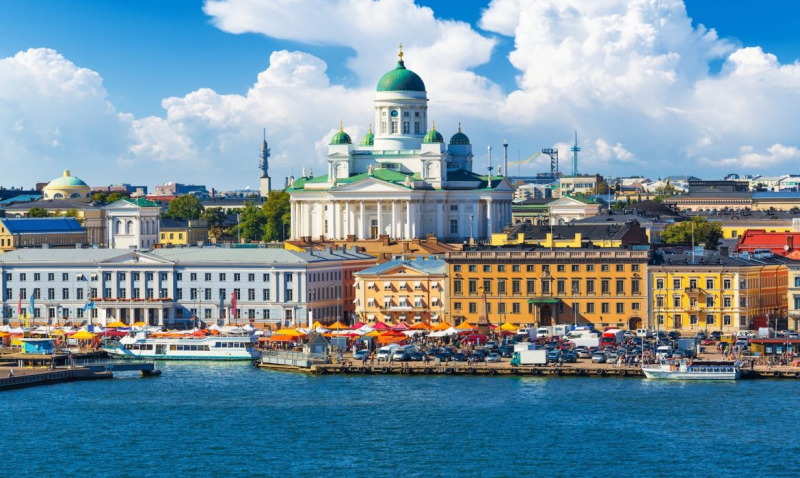
bulzimedia.com -
Finland isn't cheap, but there are methods to minimize costs and save a few dollars. This is definitely one of the top Things about Finland You Should Know. Make lunch your primary meal of the day, since many restaurants and cafés provide a good-value all-you-can-eat lunch buffet with soups, salads, and daily specials. Most large towns also feature a kauppahalli (covered market hall) where you can get picnic supplies (bread, cheeses, deli products, smoked salmon) and feed at one of the snack stalls or cafes.
Camping is a low-cost mode of transportation. Most campgrounds are great, with cottages for rent and lots of space to pitch a tent - but they are often only open from June to August. Though you don't mind foregoing a hot shower, you can wild-camp thanks to jokamiehenoikeus (everyman's right) – a terrific (if risky) choice in a country with 41 national parks and nearly infinite stretches of nature.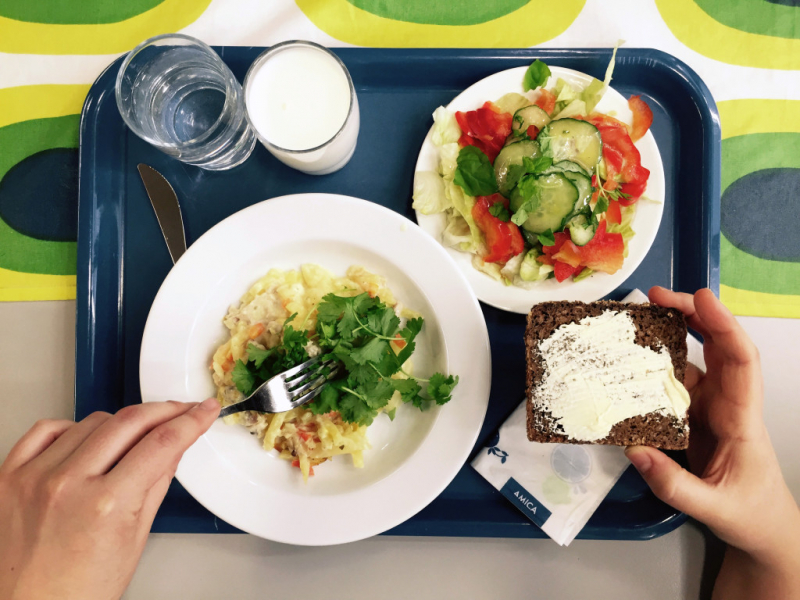
foodrepublic.com 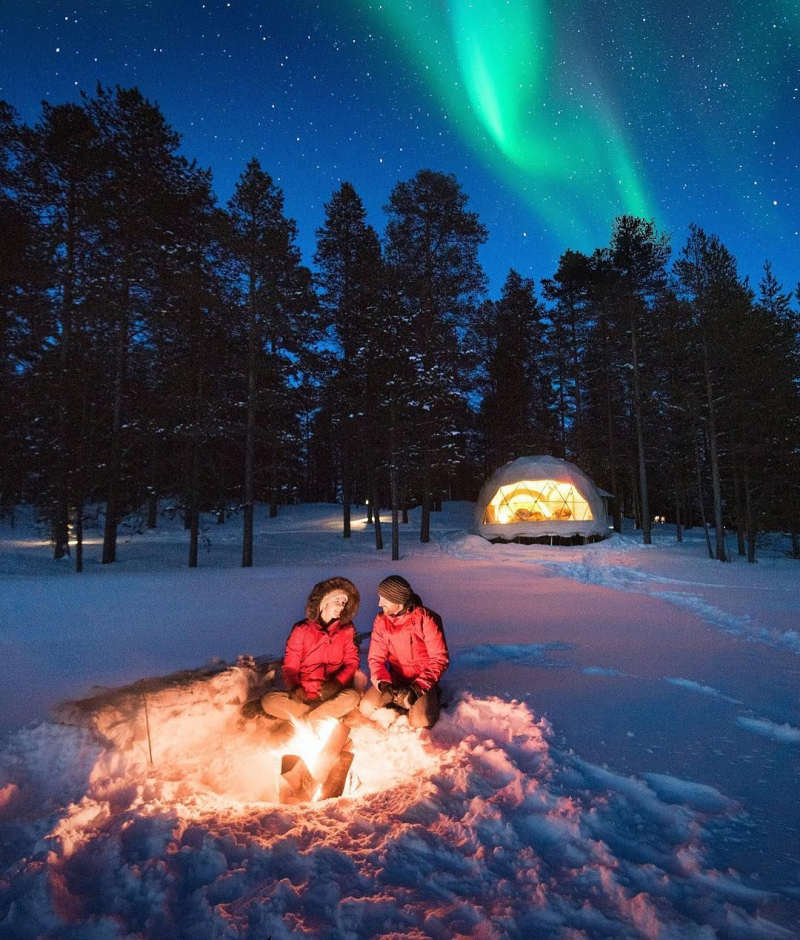
pinterest.com -
Even in the midst of Helsinki, you can see that the Finns are yearning for the peace and tranquillity of the big outdoors, counting down the minutes and hours until they can escape to their mökki (summer cottage). They dress in a way that shows their love of nature: informal, practical, sustainable, and well-suited to the extremes of the seasons. There's no need to bring a lot of fancy clothes, especially if you're going outside of town (as you most likely are). Instead, bring layers, thermals, and good walking shoes.
Furthermore, do you consider kissing on the cheek when saying hello in Finnish? No. Finns are a little more cautious when it comes to greetings since they value extreme apartness. This is definitely one of the top Things about Finland You Should Know. Making eye contact and shaking hands is rather common; friends and family typically hug. "Hei" and "moi" are two different methods of saying "hello." If you say it twice ("moi moi"), it doubles as a goodbye. Oh, and remember to be on time - the Finns are always.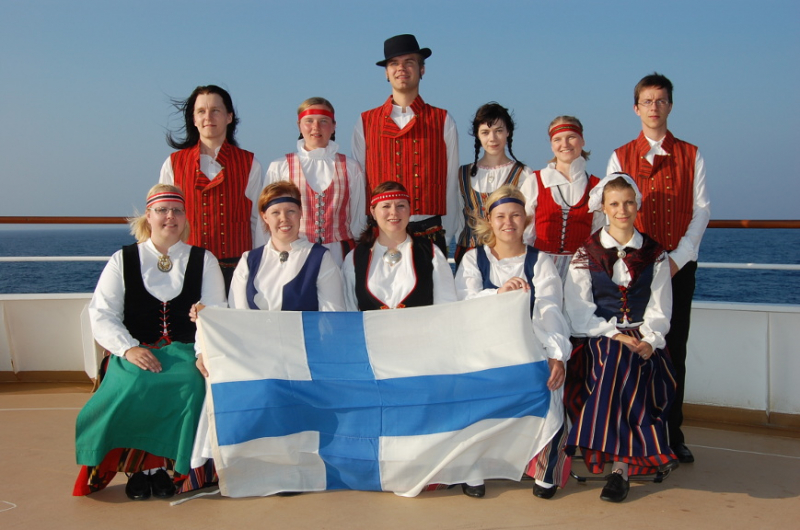
ficultureny.org 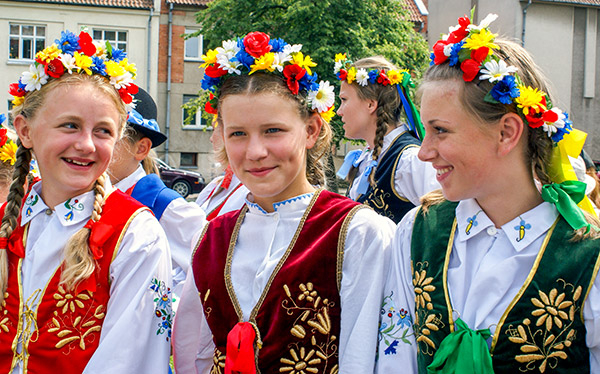
ficultureny.org -
The Schengen countries have agreed on which countries' citizens must produce a visa. Each Schengen state selects which passports and travel documents it accepts from people of different nations. This is definitely one of the top Things about Finland You Should Know.
Even if you do not require a visa to visit Finland, you must have a valid passport or other travel document recognized by Finland. It must be valid for at least ninety days after your anticipated date of departure from the Schengen area. Furthermore, the passport or other travel document must have been issued no more than ten years ago.
If you do not require a visa, you can stay in Finland or on the territory of another Schengen country for 90 days in any 180-day period. When you arrive in Finland, you must meet the general entry conditions, which state that you must not be a threat to public order and security, national health, or Finland's international relations.
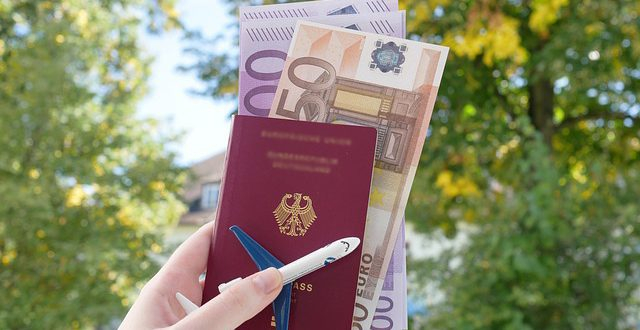
aljawaz.com -
A Finn's idea of fun is to strip nude, roast in a sauna heated to 175°F (80°C) and beat yourself with a circulation-boosting birch whisk (a vasta or vihta), and then dive into an avanto (ice hole). Does that sound masochistic? This country has 1001 ways to toughen you up, and one of them is the sauna routine (pronounced "sah-OO-nah" rather than "SAW-nuh").
Saunas are not a luxury in Finland; they are a way of life. Marriage, divorce, birth, death, new job: you name it, a sauna is likely to be present. In Finland, which has a population of about 5.5 million people, there are approximately three million saunas. The Finns congregate here to mingle, conduct business, put the world to rights, rest, meditate, and cleanse. Learning the skill of sauna-going provides an insight into the soul of the country.
Gender separation is almost always present in public saunas. Shower first, go naked, be quiet, take a towel to sit on, and ladle water onto the stove to create aromatic löyly (steam), taking care not to splash too freely. You should break a sweat in around 15 minutes — but remember, this is not a race. Take frequent rest and drink plenty of water to stay hydrated.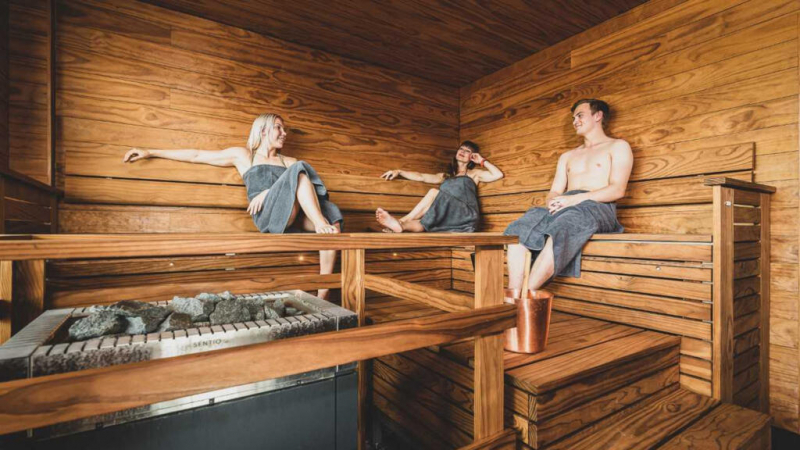
kuopiotahko.fi 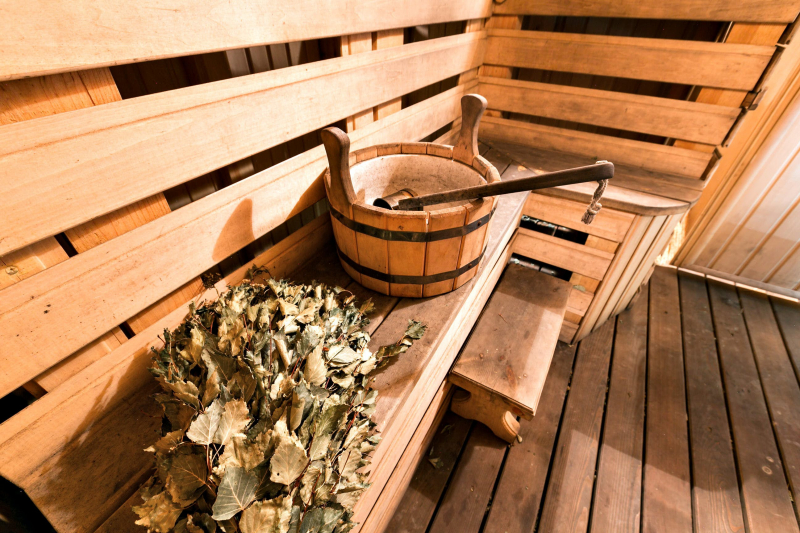
lonelyplanet.com -
Perhaps it's the air, the crystal-clear water at the tap, the vast open spaces, the long woodland hikes, or the immune-boosting saunas and ice swims: Finland exudes health like few other places on the planet. And the country has arguably of the top healthcare systems in the world, so if you become sick, you'll be in good hands. As in all Nordic countries, the standard of care is exceptional, and doctors and medical personnel generally speak excellent English.
There are specific travel immunizations to consider, but you'll want to make sure you have adequate travel insurance nonetheless, especially if you're planning a winter sports extravaganza in Lapland or venturing off the beaten route in a national park.
If you are a citizen of the EU, the European Economic Area (EEA), or the United Kingdom, you are entitled to emergency medical treatment with a European Health Insurance Card (EHIC) or a UK Global Health Insurance Card (GHIC), though you will still be charged a daily or pre-appointment fee, just like a Finn. Otherwise, check to see if your country has a reciprocal agreement with Finland for free medical care.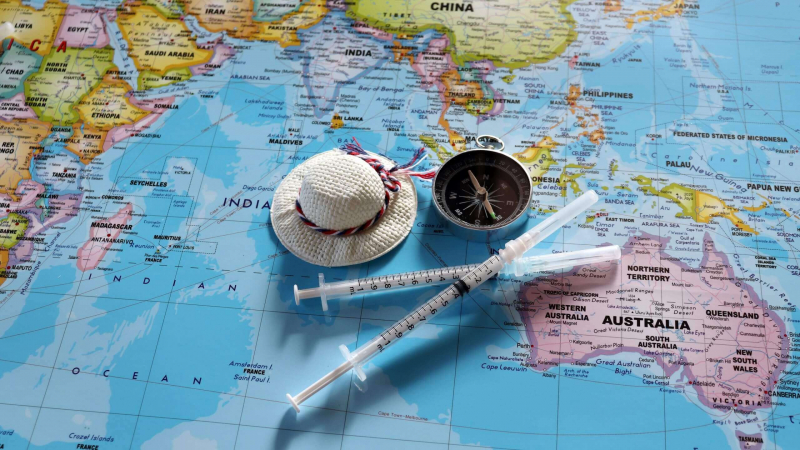
schengenvisainfo.com -
Finland is a wild, wild environment outside of the cities. This is definitely one of the top Things about Finland You Should Know. In the Arctic north, as in all extreme climes, there are clear risks of exposure, hypothermia, and frostbite, and rivers can flood when the snow melts. It goes without saying that if you are visiting Lapland in the winter, you should come equipped with the proper thermal gear since temperatures can drop to a bitterly low -22°F (-30°C). If you're going to one of the enormous national parks in the north, always have a good map and compass, and keep someone informed of your movements.
There are some dangerous species to be careful of in the woods, such as brown bears and wolves, but encounters with such beasts are quite unusual. The majority of wolves are situated near the Russian border, although they are adjusting and becoming accustomed to humans. With the annual cull and the wolf hunting licenses distributed by the Finnish government, there is an increased risk of assault. During hunting season, wolves become territorial, especially in the winter when visibility is low. Anyone who is unfamiliar with trekking in hunting zones may be taken off guard.
By making your presence known, you can assist avoid an unpleasant encounter with a bear. You accomplish this by chatting loudly, singing, or carrying bear bells, giving bears an opportunity to move out of your way. While camping, be cautious to observe local bear warnings and adopt basic food storage procedures.
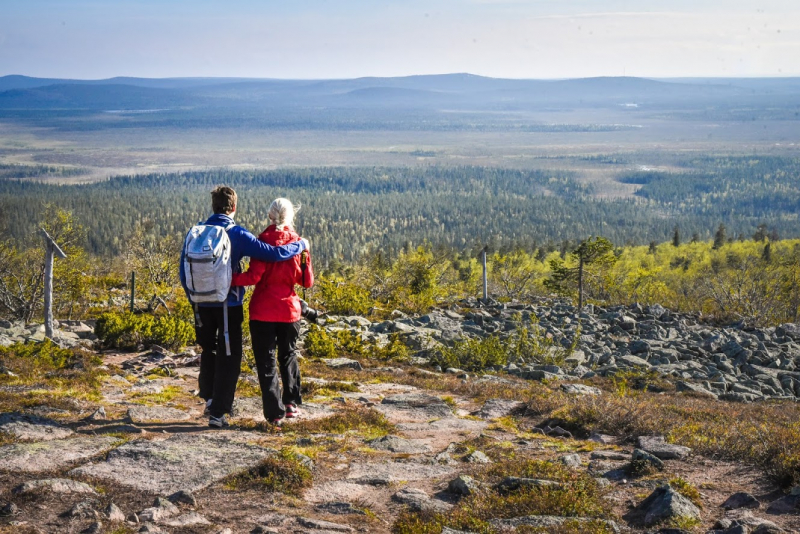
finlandnaturally.com 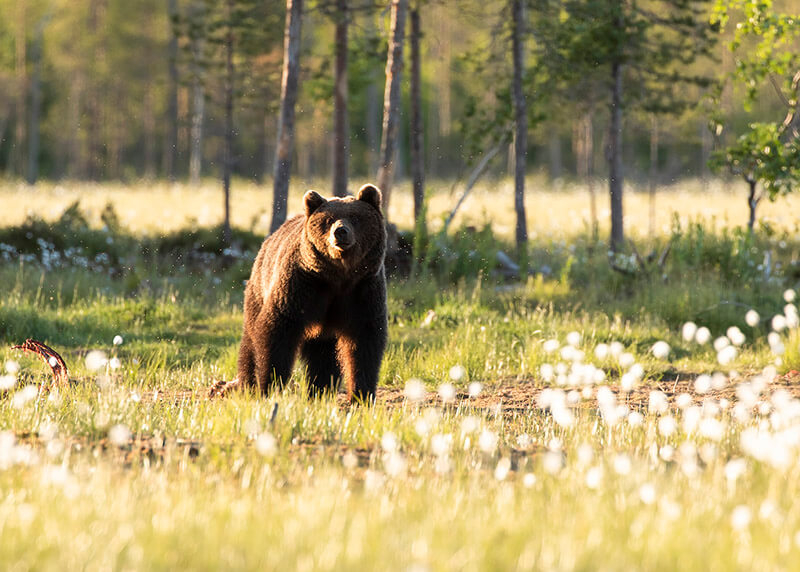
wildplanetblog.com -
Though not a health issue, the swarms of bloodthirsty insects that descend on the country's north in the summer can be a real pain in Finland. Mosquitoes, sandflies, midges, and horse flies are at their worst in July, but you'll need repellant all summer, especially around lakes and in marshy, densely forested places. There are lots of lonely huts in the wilderness where you can crash with a mat and sleeping bag, but carrying your own tent provides better protection from mosquitoes.
In addition to repellant, you should bring a mosquito cap or hat, as well as a travel net to cover your bed or tent flap to keep the nasty biters away. In Finland, there are 40 different mosquito species. Three of these species are the most bothersome to people. The magic mosquito, the woodland mosquito, and the raven mosquito are the three types. The magic mosquito is the most prevalent species in Lapland. Forest and raven mosquito populations, on the other hand, vary and cannot be found in the same places in specific habitats.
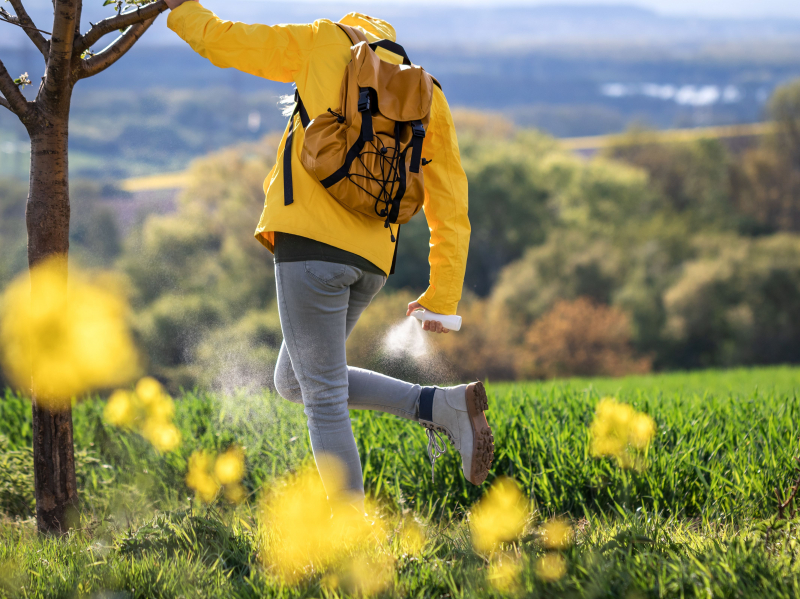
treehugger.com 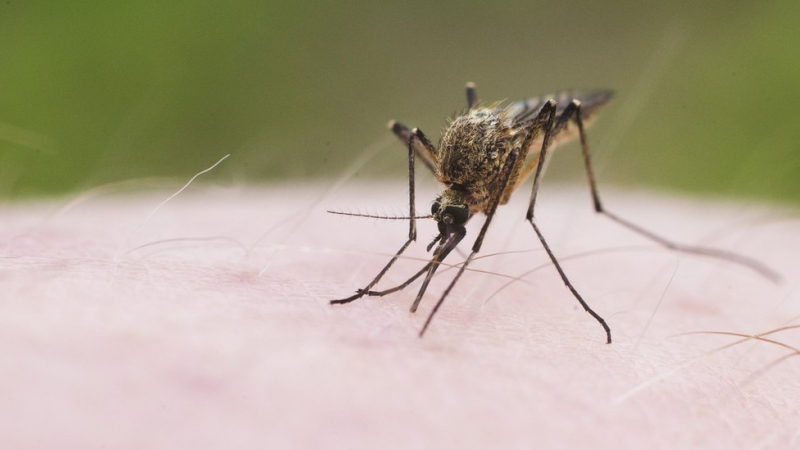
bbc.com -
In general, Finland is a pretty safe place to visit. Finland has relatively low crime rates, and if you use common sense and remain cautious at all times, you should have no problems.
Be cautious at night, especially on Friday and Saturday, when young Finns flock to pubs and clubs to become intoxicated and, in some cases, to cause problems. Pickpockets aren't widespread, but they do occur from time to time, particularly during the tourist season, which is usually during the summer. An interesting point to note is that pickpockets in this situation are virtually always foreigners.
The majority of Finns are very comfortable carrying their wallets in their pockets or purses. It is usual for parents to leave their sleeping newborns in a baby carriage on the street while going to the store, and it is also popular in the countryside to leave cars and house doors unlocked.
Bikes, on the other hand, are frequently stolen: if you plan on purchasing or renting a bicycle, you must exercise extreme caution. Bicycle thieves are very common, so never leave your bike unsecured for even a minute.
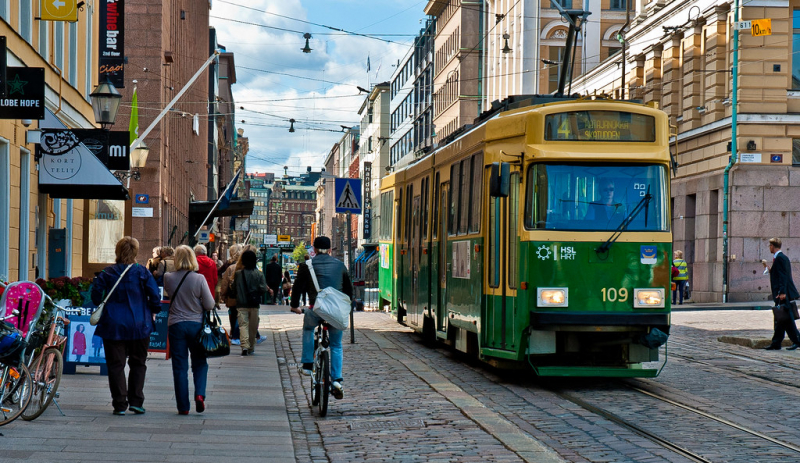
flickr.com 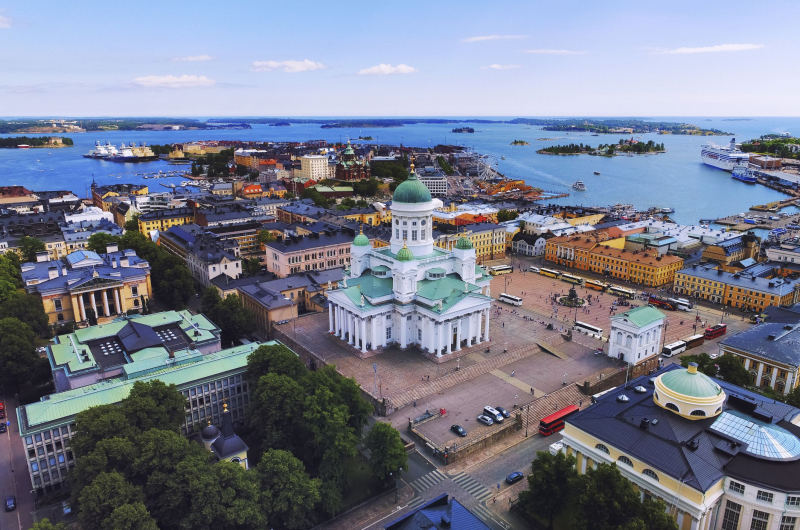
tripsavvy.com -
Throughout the year, Finland hosts numerous festivals ranging from traditional to art and music festivals. If you are planning a trip to Finland soon, here is a list of festivals in Finland that you should not miss. With the exception of certain festivals such as Christmas and New Year, the best time to visit Finland would be between the months of June to August, and if you want to experience a Finland Christmas or New Year, the months of December to January are ideal as you will also be able to see the Northern Lights. If you like colors, smiling smiles, and festivals, you should jump on the Finnish bandwagon. Festivals in Finland will provide you with an unforgettable experience that you will not want to miss!
Midsummer, also known as Juhannus, is a traditional Finnish festival held on a Saturday between June 20th and June 26th. On this day, bonfires are lighted at lake and seashores, and birch tree branches are set on both sides of the house door. Unmarried women seeking spouses bend down and look into a well naked to view their future husband's reflection or select seven different flowers to place under their pillow to dream about their future husbands. During this festival, there is a lot of drinking and celebrating, as well as music festivals, Finnish flag day, and so on, and because Finland lies close to the Arctic circle, the nights are very short or almost non-existent.
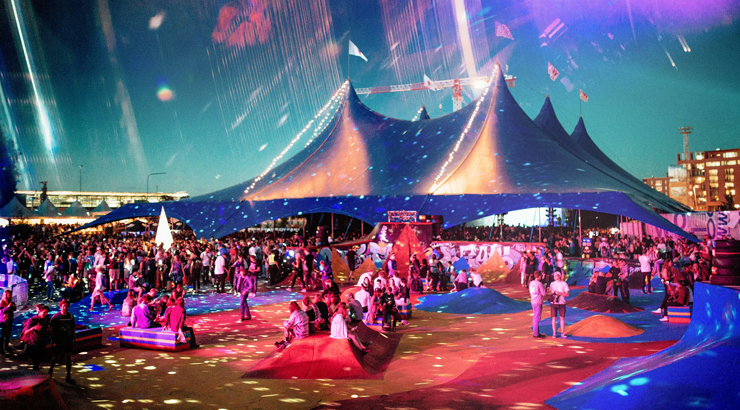
gofinland.fi 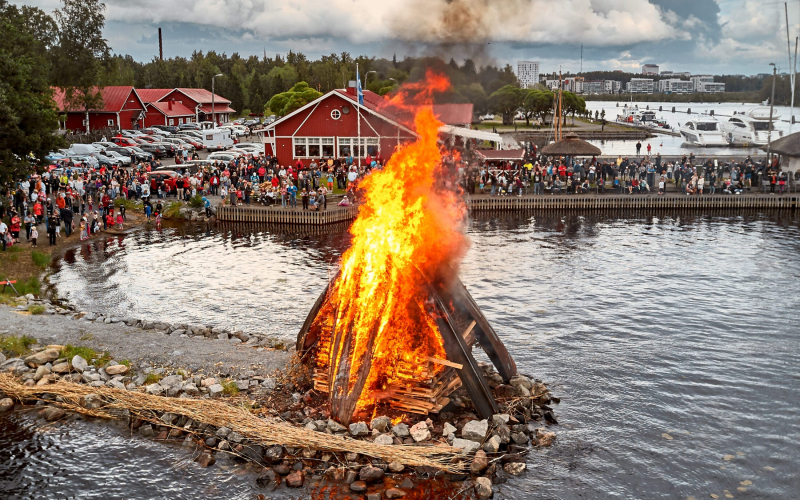
scandification.com -
Berlusconi was correct that some Finns in Lapland eat marinated reindeer, but elsewhere it is typically served stewed or dried. He was, however, mistaken about Finnish cuisine being something one must endure. Finnish food is simple, comfortable, and tasty. Fish and meat, particularly pig, beef, and reindeer, are staples of traditional Finnish cuisine. The area is also noted for its fresh-picked mushrooms and berries, such as bilberries and lingonberries, which are used in cooking and baking.
Karjalanpiirakka is a popular pastry in Finland that originated in the Karelia region. Traditionally, the rye crust is filled with rice porridge and topped with egg butter. It is eaten for breakfast, as a snack, and even at weddings in Finland. Furthermore, while you may be familiar with rye bread, Finland's version is true 100 percent rye bread prepared with specific Finnish yeasts to give it a dark, deep flavor. For thousands of years, this bread has been a mainstay of Finnish cuisine and a cornerstone of the Finnish cultural identity. Leavened rye bread is frequently dried into thin crisp slices for open-faced sandwiches or snacking with butter.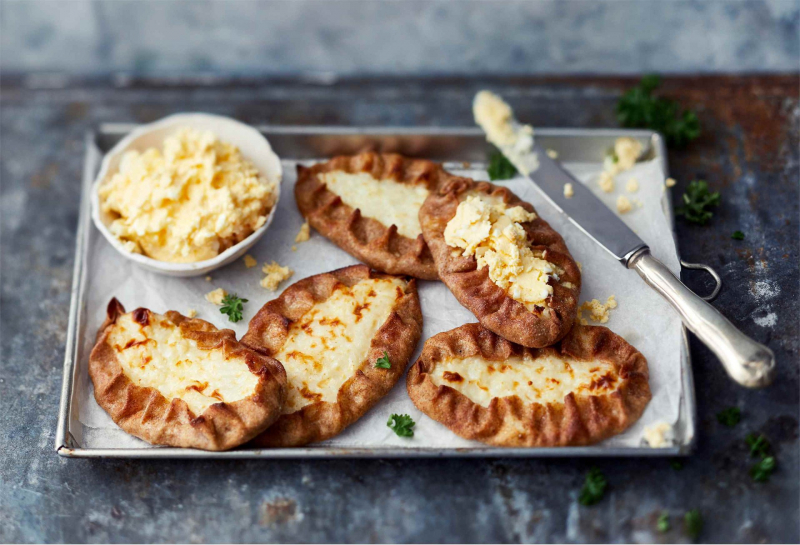
facebook.com 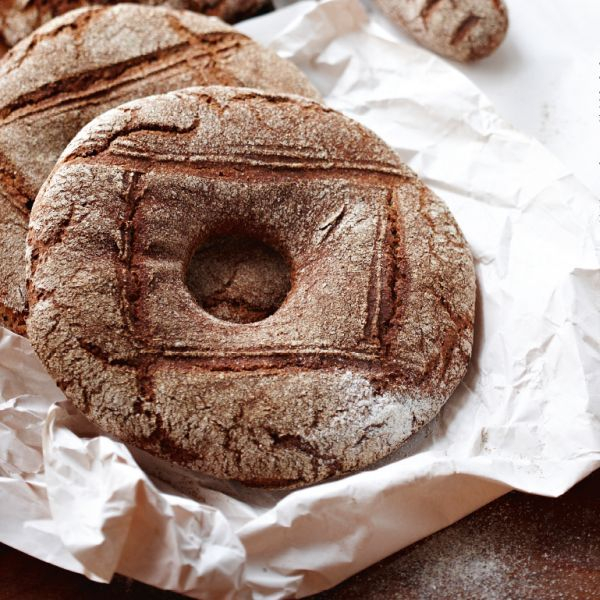
sworld.co.uk














